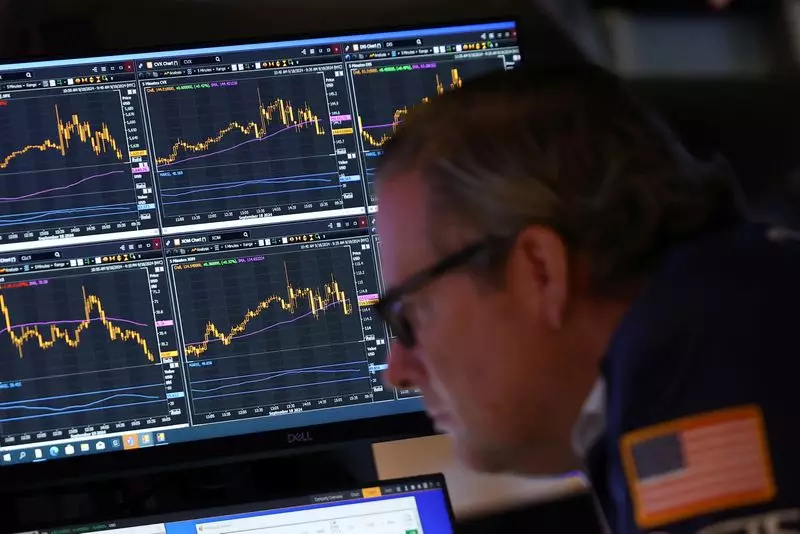In recent months, U.S. exchange-traded funds (ETFs) dedicated to dividend-paying stocks have seen an impressive surge in investor interest. This influx primarily follows the Federal Reserve’s pivot towards a rate-cutting stance, which began just last month with a 50 basis point reduction. Such decisions significantly influence the investment landscape, steering funds into safe-haven assets like dividend ETFs as investors seek reliable income sources amidst an evolving economic climate.
According to statistics from Morningstar, the 135 U.S. dividend ETFs have collectively attracted about $3.05 billion in September alone. This is a dramatic increase compared to the average monthly inflows of approximately $424 million that were recorded in the preceding eight months of 2024. The correlation between the Fed’s decisions on interest rates and the influx of funds into dividend ETFs indicates a clear strategy among investors—seeking refuge in dividend-generating assets as forecasts suggest a decline in yields from traditional options.
Investors are gravitating toward dividend-yielding stocks, as expert commentary suggests a confluence of factors is driving this trend. Nick Kalivas, the head of factor and equity ETF strategy at Invesco, points out that the shift in monetary policy has prompted a reconsideration of where cash should be allocated. The current environment favors income-producing investments, and dividend-paying stocks stand to gain substantially as investors look for alternatives amidst decreasing yields in Treasury securities.
Yet, the overarching narrative must take into account the looming fears surrounding rising Treasury yields. Although the Fed has initiated a series of rate cuts, the yields on U.S. Treasuries have surged to two-month highs, bolstered by resilient employment figures that imply economic strength. Financial advisors like Josh Strange believe that the renewed focus on dividend stocks also stems from mounting valuations in sectors such as technology, which has grown increasingly ropy following an unchecked surge fueled by hype around artificial intelligence.
The current valuation of the S&P 500 index stands at 21.5 times its future 12-month earnings estimates, marking a significant leap compared to its long-term average of 15.7. Such elevated valuations generally urge cautious investment appetites; a concentrated performance around a handful of tech stocks often leads to speculation about sustainability. The disparity between sectors pushes some investors to seek out the perceived stability of dividend-paying stocks rather than chasing the volatile tech rush.
With a range of yield distributions seen in dividend ETFs—some offering returns just under 2% while others boast yields close to 3.6%—investors are weighing their options against the backdrop of fluctuating Treasury rates. In September, benchmark 10-year Treasuries yielded around the same 3.6%, which places dividend ETFs in direct competition with government securities for investor capital.
One critical aspect that investors must navigate is the inherent trade-off when seeking high dividend payouts. As Sean O’Hara, president of Pacer ETFs, notes, while the allure of dividends is strong, it is equally essential to invest in companies with solid growth potential. This is paramount as corporations need sufficient earnings and cash flow to consistently increase payouts to shareholders.
To address the twin concerns of yield and stability, Pacer ETFs has crafted portfolios focusing on companies with healthy free cash flows. Their flagship product, the Pacer US Cash Cows ETF, has proven to be a magnet for investor interest, raking in $7.1 billion in inflows over the past year. This strategy emphasizes the importance of taking calculated risks to avoid exposure to firms with declining fundamentals.
As the financial landscape evolves with fluctuating interest rates and varying economic signals, dividend ETFs occupy a promising niche, balancing risk and return in a manner that appeals to a wide array of investors. While the ongoing shifts in Treasury yields could temper the inflows into these funds, the fundamental demand for income-generating investments remains strong. Navigating this complexity will be critical for investors looking to capitalize on the volatility and make well-informed decisions about their portfolios in the months ahead. With thoughtful strategies, dividend ETFs may continue to thrive as attractive avenues for investment in a changing economic environment.


Leave a Reply